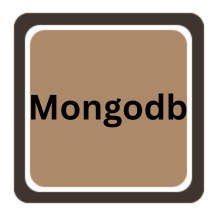The NoSQL structure, particularly the document-based data management, has made data management easier for me. MongoDB's approach to handling data in documents rather than traditional tables has been particularly beneficial.
MongoDB's document-oriented model improves development speed by providing each document with its built-in key or ID, similar to a primary key in relational databases. This inherent ID facilitates faster execution of operations, such as searching for specific documents. Additionally, it allows for creating additional indexes, further enhancing performance. The familiarity of JSON-like structure makes it easy for developers, both front-end and back-end, to work with, leading to quicker development and visualization of data.
I advise others to understand the fundamentals of databases and how they store data. They should start with online videos to grasp the ecosystem, focusing on concepts like data storage. The document-oriented structure with binary objects is crucial for individuals with a programming background.
Several limitations related to querying certain documents can be challenging. They express concerns about the lookup process, where we sometimes need to fetch a large amount of data simultaneously. Additionally, there are limitations regarding the size of documents, which may require restructuring or storing data.
I rate it an eight out of ten.
